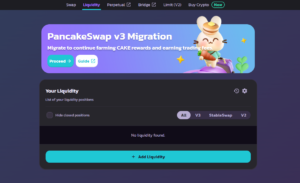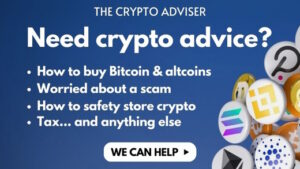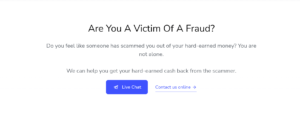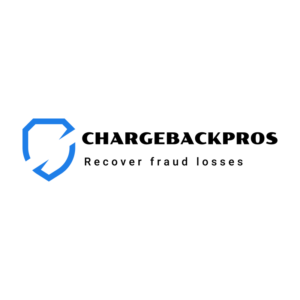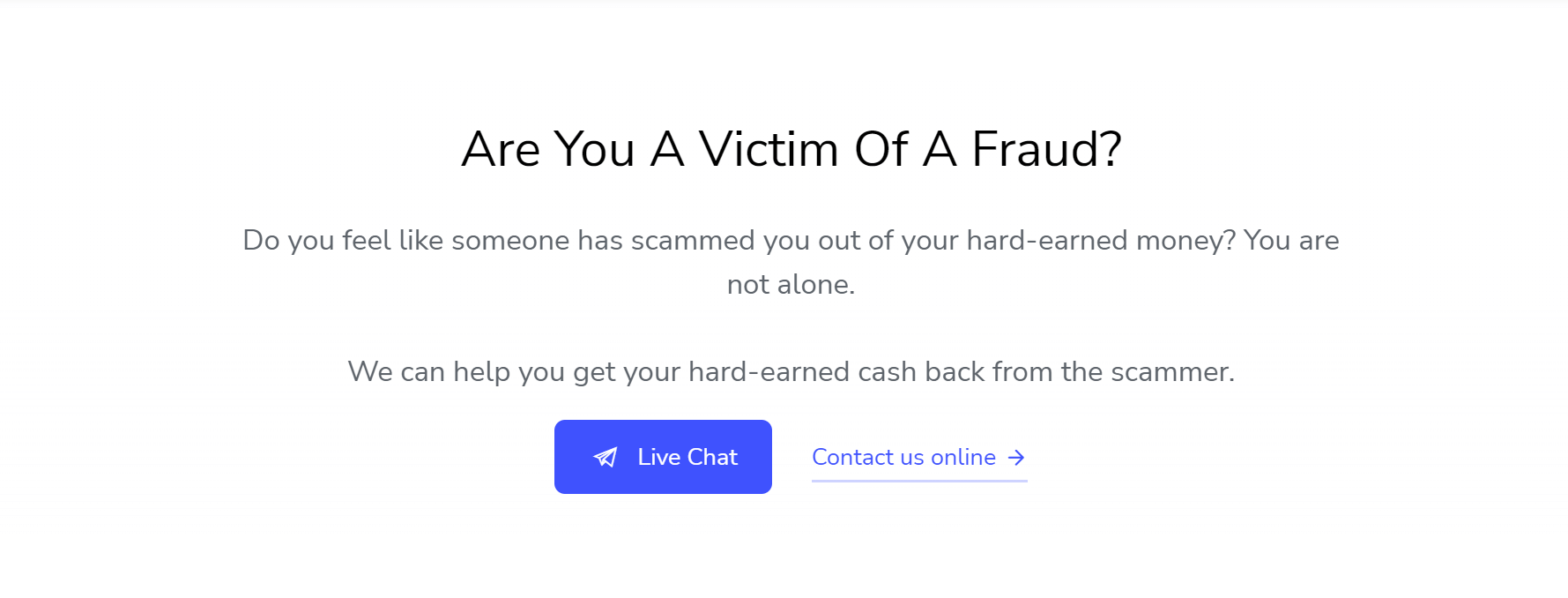What Parents and Caregivers Need To Know

During our student presentations over the past year, we have noted an increase in the number of questions from both middle school and high school students about the “Dark Web”. Why is this happening? – we hypothesize that media, in all its forms, is shining a light on this part of the internet which may spark a teen’s curiosity to search it out online. Given the mystique surrounding the Deep/Dark Web, and the fact that teens are curious about what they can find online, we thought this chapter would be important for parents. Knowledge and the understanding and application of that knowledge is power; with the information in this chapter, you can now have informed discussions with your child if and when the topic of the Deep/Dark Web comes up.
Many parents and caregivers are unaware that the world-wide-web has three distinct areas that can be accessed via a computer or cellphone:
#1: The Surface web, also known as the Open Web– This is the most commonly used part of the internet where public-facing webpages are accessed via traditional browsers like Google Chrome, Internet Explorer, and Firefox. Websites on the Surface Web are usually labeled with registry operators like “.com”, “.org”, “.ca” and can be easily located with popular search engines. When you Google something online, you are searching the Surface Web.
#2: The Deep Web – The Deep Web rests below the Surface Web, and accounts for approximately 90% of all websites located on the Internet. This part of the internet is not necessarily indexed, can only be accessed via a specialized browser, and are not searchable via traditional search engines such as Google Search. Although many believe that accessing the Deep Web is illegal, it is not. Although many people believe that the Deep Web contains only less than desirable content, much of it actually contains:
- Scholarly articles and academic journals from universities
- Data bases that are not connected to the internet but rather to an intranet that can only be accessed within an organization
- Financial accounts like banking and retirement information
- Email and social messaging accounts
- Private enterprise databases
- Privacy sensitive information like medical documentation, and
- Legal files
Without knowing it, many who are reading this article likely have accessed the deep web via a surface-based website. As an example, if a website on the Surface Web is using a paywall or password to access private information that is not indexable, then you have probably accessed the Deep Web. So yes, some portions of the Deep Web can still be accessed via links on a surface-based web site. This is why users who are using the Surface Web can still end up on a piracy site, radicalized forums, or view disturbing and violent content.
A significant benefit to the Deep Web – it offers those living under oppressive or restrictive governments protection and privacy from persecution. Given that the Deep Web is anonymous, it makes it difficult for government officials to monitor, and it also allows access to current news without government censorship or filtering. This is why the Deep Web is popular with civil liberties groups, journalists, political activists, and those who want increased privacy online.
Given that Deep Web information is not indexed publicly, it can be slower to access when compared to searching Surface Web information. Also, given that the Deep Web is not as flashy as the Surface Web, teens often don’t stay long given its lack of luster and usability.
#3: The Dark Web – The Dark Web is a smaller unregulated component of the Deep Web. Dark Web sites are not indexed, obscure the users IP address, and are only accessible via a specialized web browser such as the “The Onion Router”, better known as “TOR”, which is free to download. It is because of this fact that parents need to know that youth can’t accidentally access the Dark Web, they purposely have to access it. Given the nature of the Dark Web, users can find themselves regularly exposed to several types of malicious malware such as:
- Keyloggers
- Botnet malware
- Ransomware
- Phishing malware
It is important to note that those who access the Dark Net, without appropriate privacy and security protocols in place, are at risk for a targeted hack. This is especially true if clicking on any link for any reason in the Dark Web. There are even sites in the Dark Web known as a “Drive By Site” where just landing on a specific site, could covertly download malware onto your device or home network if proper security software and hardware protection is not in place.
The reputation of the Dark Web has often been linked to illegal content and criminal “trading” sites, where a user can purchase illegal goods or services. However, like the Deep Web, the Dark Web’s legality of use is based on how a user engages with it.
So, what can the Dark Web be used for when it comes to illegal activity, here are some of the things we have seen:
- The trading or purchasing of stolen credit cards
- The trading or purchasing of personal identifiable information that can be used for identity theft
- The sales of firearms
- The sales of illegal drugs
- The sales of stolen property
- Illegal gambling
- Human trafficking
- The hiring of cyber-attack services
- Promotion of terrorism
- The trading or sale of Child Sexual Abuse Material
- Necrophilia – video of people having sex with dead people
So What Should You Do If You Learn Your Child Is Accessing The Deep Web Or Dark Web:
- Don’t panic – remember your child hasn’t necessarily done anything wrong. Context as to the “why” they have accessed the Deep or Dark Web is important. Remember, often it’s just about satisfying their curiosity about what it is.
- Have an open and honest discussion with your child about what you have learned in this article. Get them to critically think about what they are doing and what they have seen online. Remember, curiosity is a natural thing with youth, especially when it comes to the internet so it is important to acknowledge this fact
- If it is a younger teen who is accessing the Dark Web, remove their ability to do so by blocking the use of the “TOR” browser (others include Subgraph OS, Tails, Opera, Whonix, and Waterfox), which can be done on their device and at the home router. More importantly explain to your child why you have taken this action. Important note – the TOR browser can be download and used on a cellphone, laptop, or desktop computer.
Remember, the attraction to the Deep and Dark Web is its mystery and because of this fact it can be appealing for some youth to search them out online. Talking to your child about the content of this chapter can go a long way in demystifying what happens in the Deep and Dark Web – more importantly such discussions can highlight the dangers of doing so.
Here is a great video for parents and caregivers from our friends at www.thinkuknow.co.uk, that highlights many of the points discussed in this chapter
https://www.thinkuknow.co.uk/parents/articles/dark-web-explained/
The White Hatter

